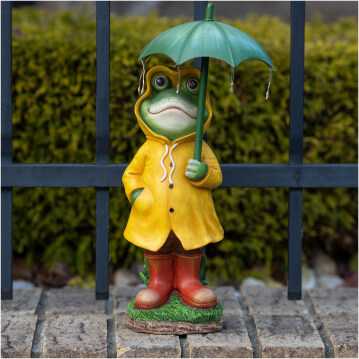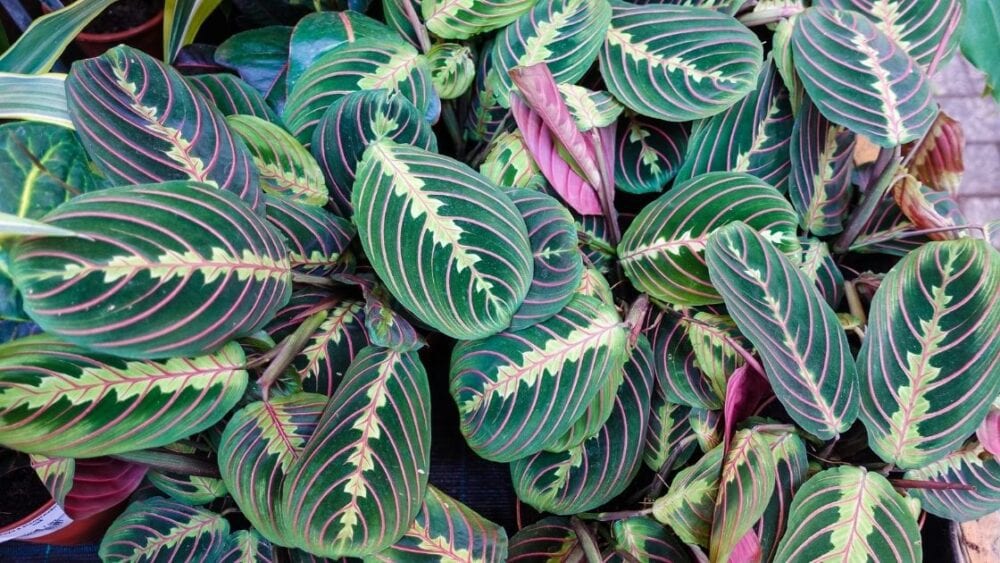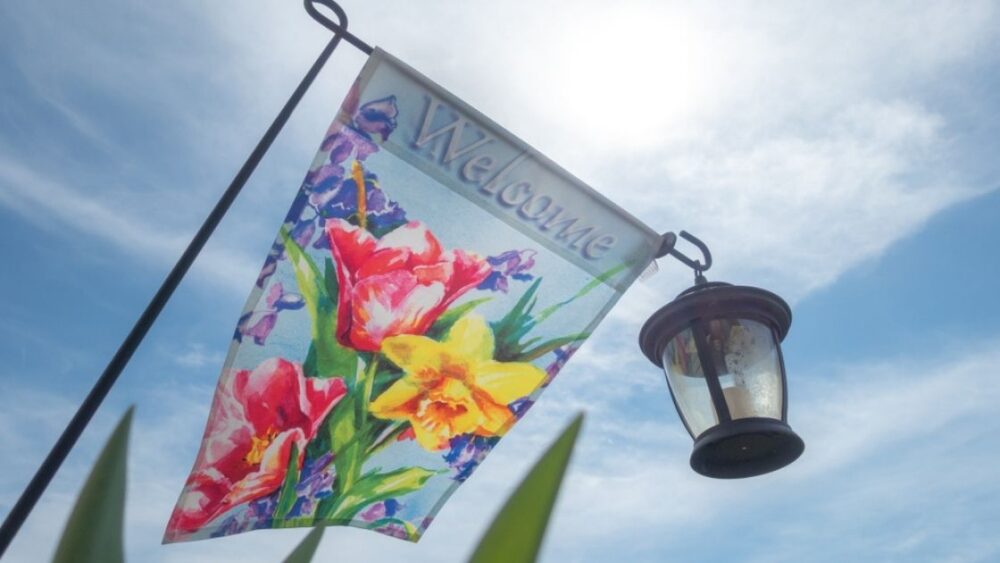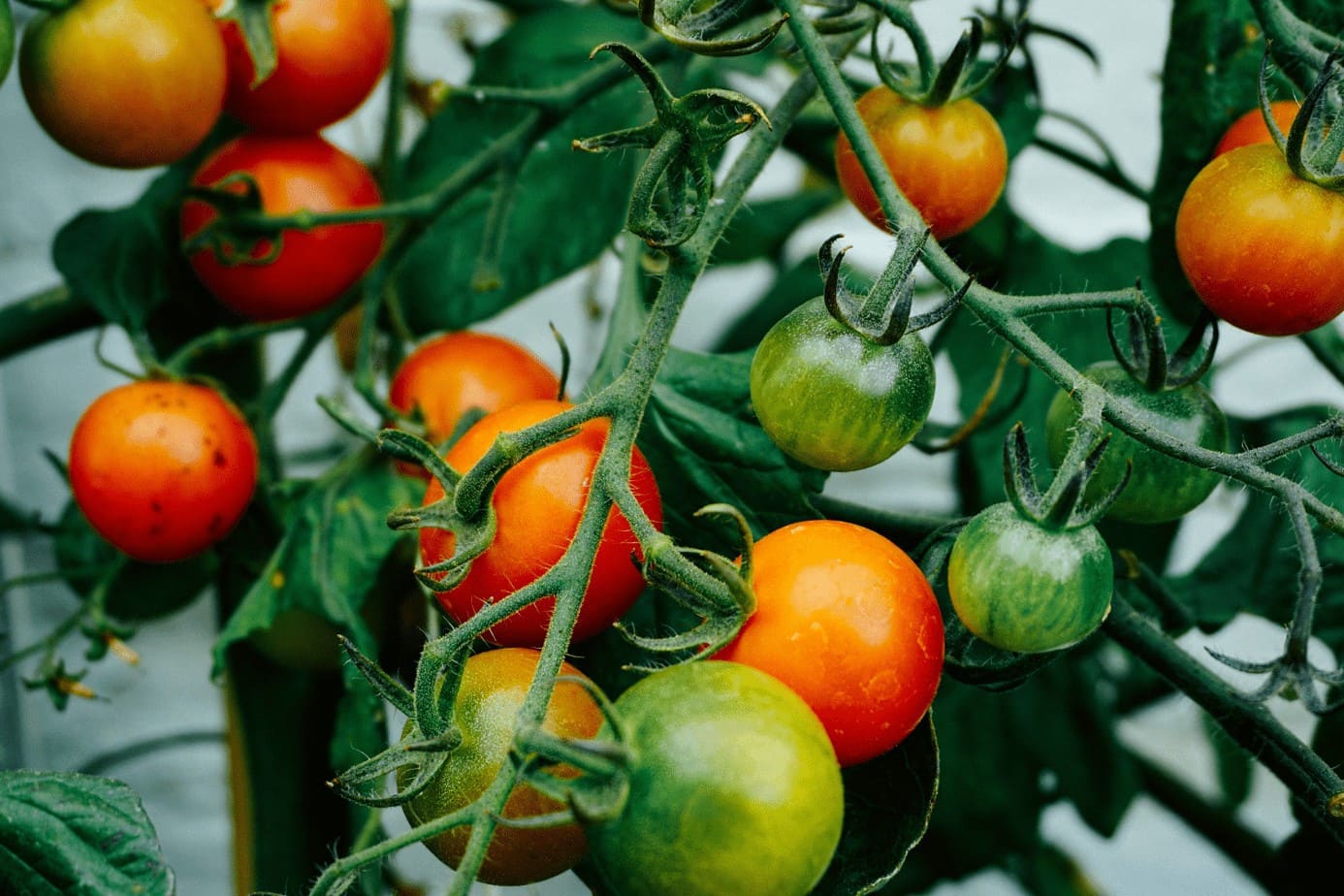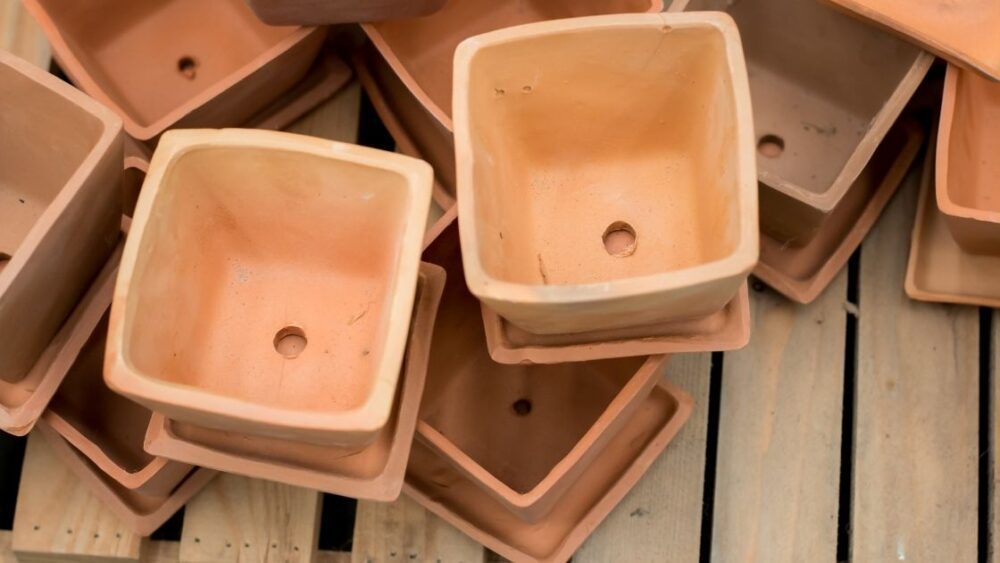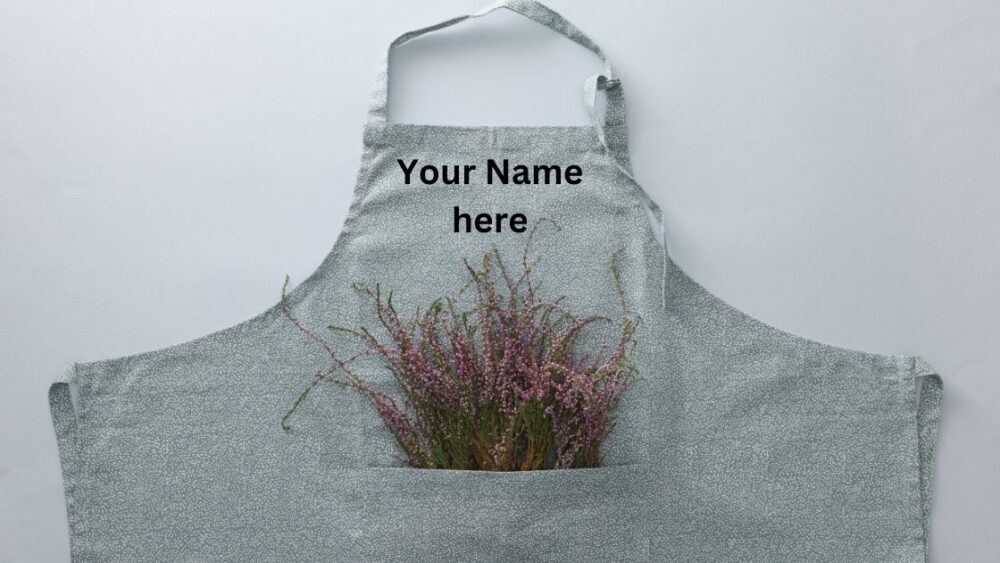This site is reader-supported and we earn commissions if you purchase products from retailers after clicking on a link from our site. As an Amazon Associate, we earn from qualifying purchases. We are now accepting free business listings in maintenance, horticulture, building, and all outdoor fields. Brick and Mortar and websites welcome. Click here for more details. Proudly supporting small businesses.
Try these: Gardening ArticlesFirepitWalk-Behind MowerFlower Shop
Let's Grow Together 🌱
Swamp Milkweed Flower
Swamp Milkweed Flower, You’ll love the 5-petaled flowers that form in clusters each summer! Their cute pink color and enchanting fragrance will feed butterflies. Buy at Nature Hills.
Notice: As an affiliate, all products and availability are subject to change. Click for current pricing.
Description
Showy Monarch Host Plant Swamp Milkweed
- Bold Pink Flowers for Months
- Excellent Host Plant for Monarch Butterflies
- Exceptional Nectar Resource
- Rugged Native Wildflower
- Valuable Plant Grows in Wet Soil
- Very Cold Hardy
- Deer Seldom Damage This Choice
Turn your plain landscape into a gorgeous habitat for butterflies! Swamp Milkweed (Asclepias incarnata) makes it easy.
This water-loving selection develops into a uniquely valuable “must-have ” for your Butterfly Garden. Their fragrant, bright pink and white blooms are composed of many dozens of small flowers.
This native choice supports beneficial pollinators and butterflies with nutrient-rich nectar for several months as midsummer heats up. The garden will dance with these visitors, and every minute brings a rewarding experience for mindful watchers.
Give kids and garden visitors a delightful tour through our natural world. Nature Hills is so pleased to offer this special clump-forming perennial…along with many other native wildflowers.
Swamp Milkweed are very important host plants for Monarch caterpillars. Watch for Monarch chrysalis hanging below the undersides of the long, lance-shaped leaves.
Prepare to be thrilled and amazed at the amount of “flying flowers” that you’ll see working these tiny flowers over each day. Butterflies, moths and beneficial pollinators cherish these nectar resources!
Swamp Milkweed does take its time leafing out in spring, but once it gets going the six-inch, lance-leaf foliage will fill out your plant nicely. You can easily incorporate this helpful plant as a lively addition to your perennial borders.
You’ll love the wildflower clusters in summer. Look close to study each five-petaled true flower with their range of colors from pink to mauve into white.
Smell their sweet and spicy honey-scented fragrance, too. They’ll perfume your yard and boost your mood like “living aromatherapy”!
If you love butterflies, it’s a great way to attract them, and Monarchs are especially fond of Milkweed. In fact, it is often planted specifically to encourage Monarchs in a region.
Like its name implies, erect, branching Swamp Milkweeds love moist, swampy conditions. They’ll also adapt to well-drained areas.
There are no significant insect or disease issues with the Swamp Milkweed. Order this excellent addition for your landscape today!
How to Use Swamp Milkweed in the Landscape
Sticks and stones…these pretty blooming perennials shouldn’t be considered weeds. Sure, they perform really well and can spread here and there in your yard.
After the flowers have faded, Swamp Milkweed forms eye-catching four-inch pods that are a favorite of young and old alike. Once ripe, they’ll split to release the brown seeds…using silky white hair to catch the wind and reach new destinations.
Control their self-seeding spread by cutting off the pods before they split open. Dry them for gorgeous seasonal arrangements that last all winter long as an effective, charming method of size control.
Others encourage their growth and spend happy moments blowing their seeds to new parts of the yard. Your friends may beg you for some of the pods, too!
Wildcrafters and homesteaders can research an amazing variety of uses. In its various stages, Milkweed pods are used as a nematode insecticide, as an adhesive, and even as a poison ivy treatment.
Swamp Milkweed is an attractive, herbaceous perennial that would be perfect for those difficult, low spots in your yard, as it thrives in moist conditions. Use them in planned Rain Gardens to help filter potentially polluted water runoff from roofs and streets.
Of course, no Butterfly or Pollinator Garden would be complete without this host plant. Plant several in drifts through the center of your plantings.
Milkweed contains natural compounds like cardenolides, which protect the baby caterpillars from being eaten by birds. You’ll love seeing the cute black, white and yellow caterpillars on your own plants!
If you grow your own food as part of an Edible Landscape, you’ll definitely want to grow Swamp Milkweed. Tuck a stand near your Victory Garden to encourage pollinators to come explore your space.
#ProPlantTips for Care
You’ll get the best performance with a planting site in full sun Swamp Milkweed needs at least six hours of sunlight a day.
Ideally, they love a place that stays a bit damp. Why not decorate the area around your drain spout with their help?
This water lover needs a consistent schedule of water all season. Add a three-inch layer of mulch to cover the root system and reduce surface evaporation.
Cut down the stalks to an inch high In early spring. Please leave the stalks standing overwinter, as they provide valuable shelter.
You’ll be proud to plant Swamp Milkweed sourced from our native plant experts. Order from Nature Hills today!
Related products
-

Fiesta Bush Hibiscus Plant Live – Flowering Plant – Overall Height 16″ to 18″ – 1 Gallon Pot – Tropical Plants of Florida
etsy.com -

Colocasia Mojito Starter Plant (ALL STARTER PLANTS require you to purchase 2 plants!)
etsy.com -

10 Lenten Rose Plants Hellebores Evergreen Perennials Helleborus
etsy.com -
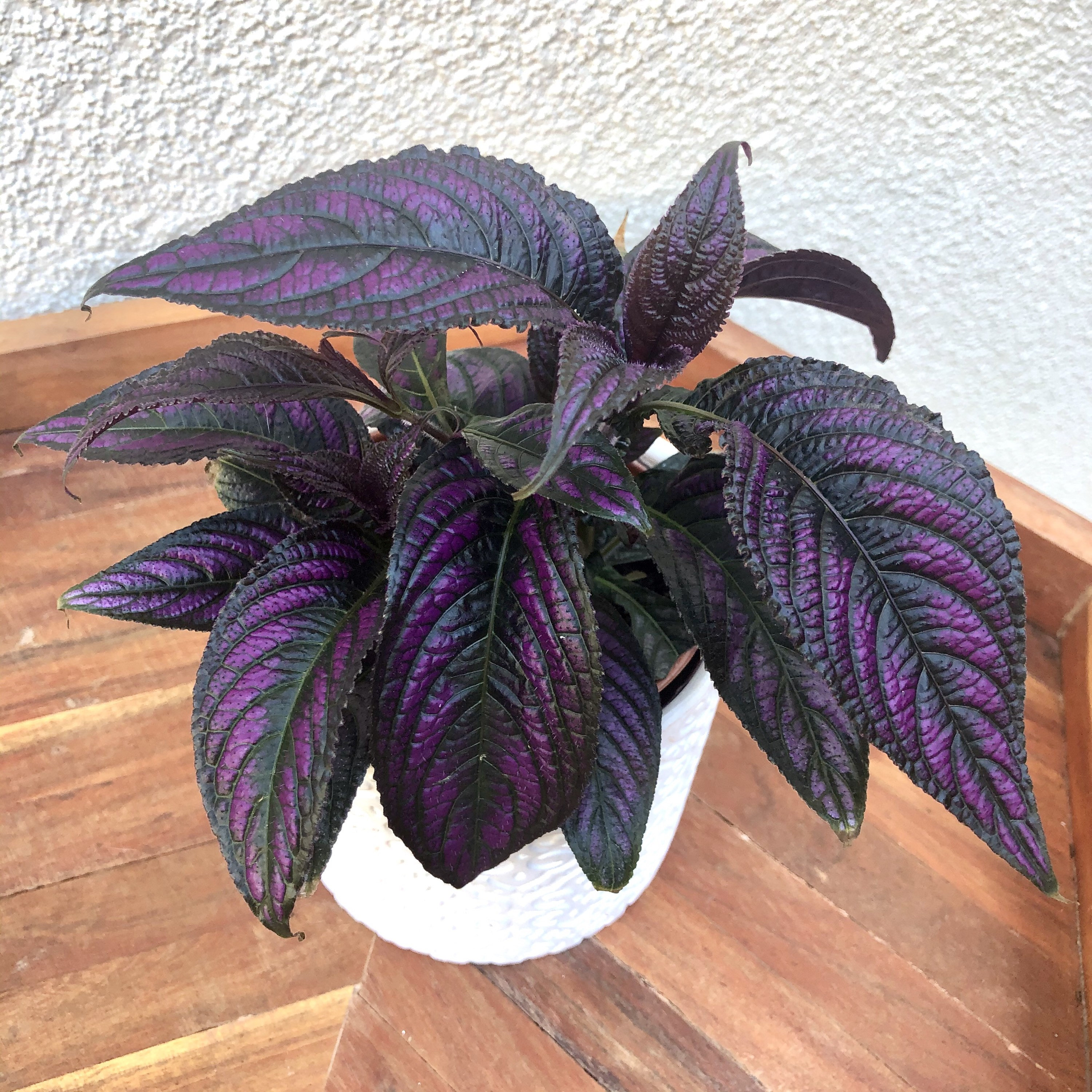
Persian Shield Plant-Strobilanthes dyeriana- Royal Purple Plant- Rare live houseplant- Indoor plant- exotic plant
etsy.com -
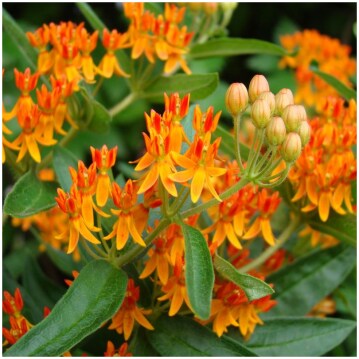
Live Butterfly Weed Plant
naturehills.... -

Pink Tradescantia Houseplants Live Plant in Pot indoor 2.5″ Pot Rare Fast Growing Plants Home Decor Gift
etsy.com -
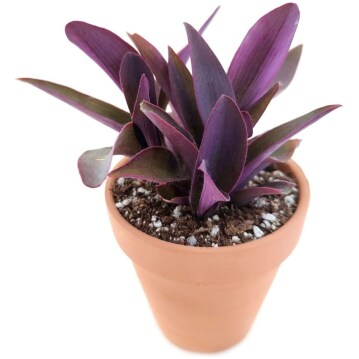
PURPLE HEART TRADESCANTIA PALLIDA
succulentsbo... -

Vision in Pink Astilbe
naturehills.... -
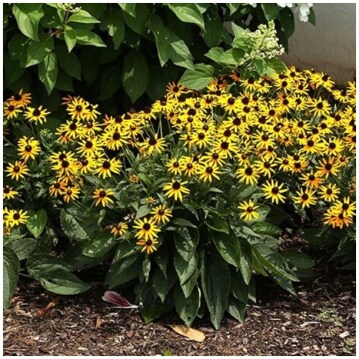
Little Goldstar Black-Eyed Susan
naturehills.... -

4″ Zebra House Plant – Fully Rooted – Aphelandra Squarrosa – Live House Plant
etsy.com -

MARANTA GREEN PRAYER PLANT
succulentsbo... -
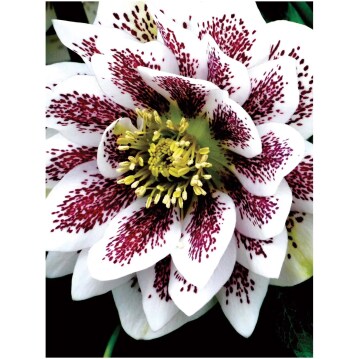
Hellebore, Winter Jewels Painted Doubles Live Plant
burpee.com


